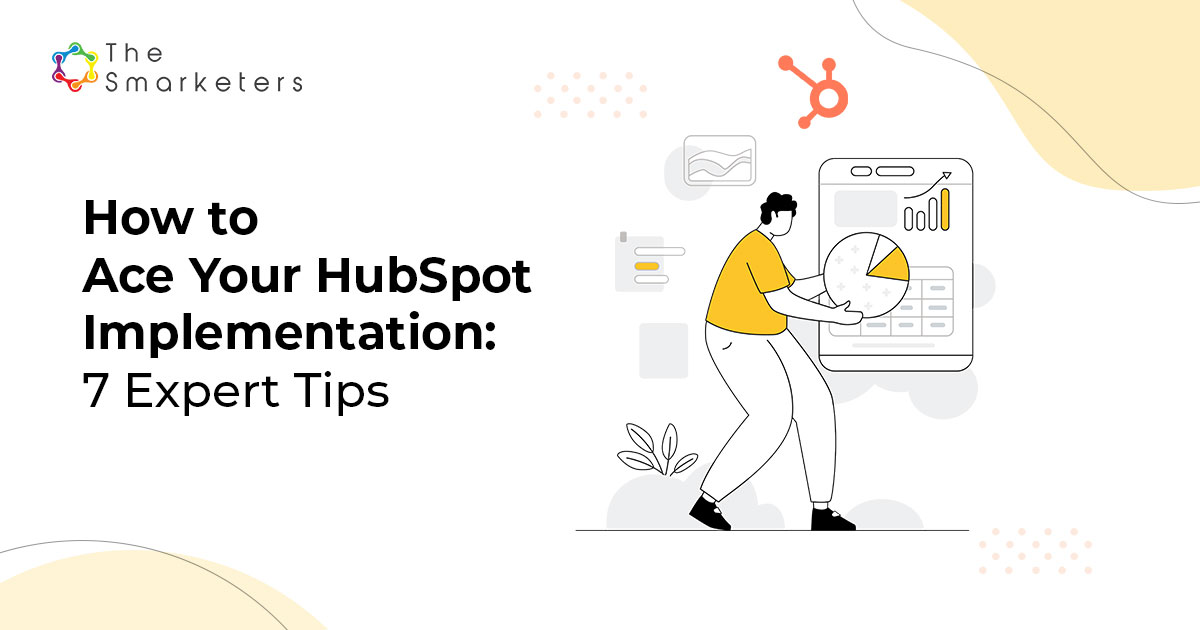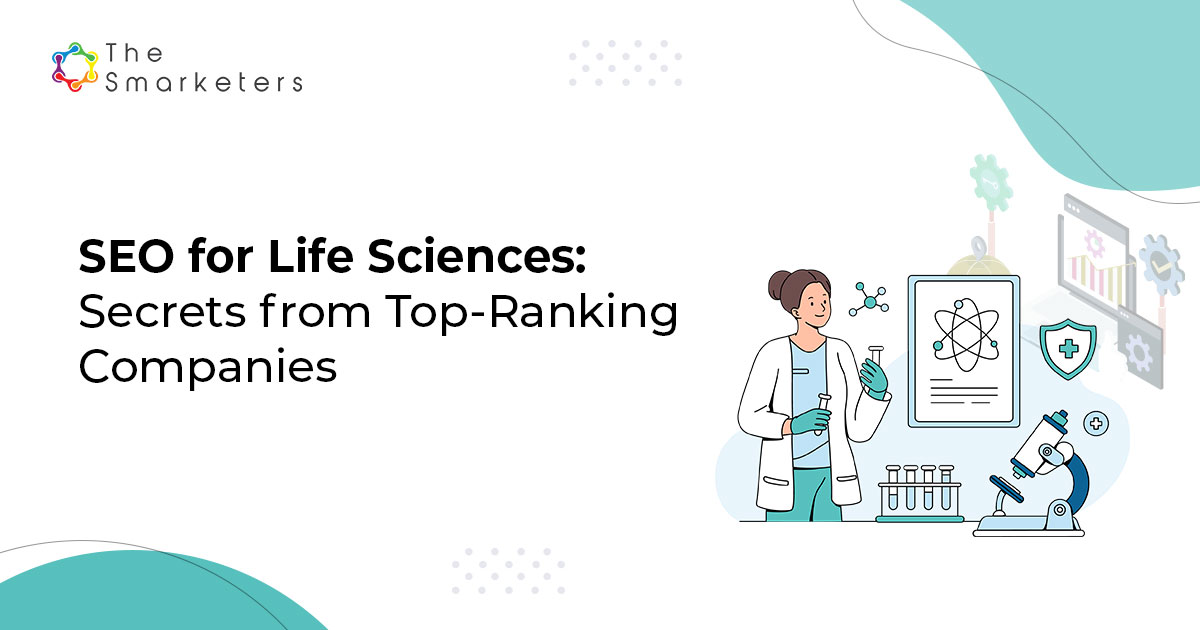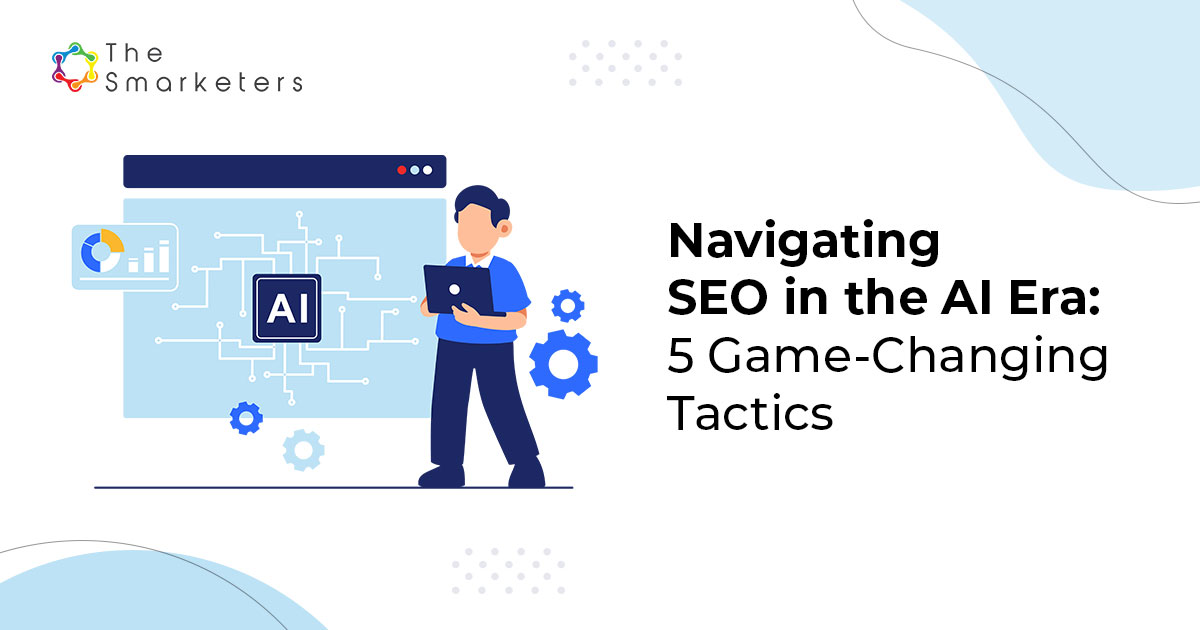Account-based Marketing (ABM) is fast taking over the marketing world. Organizations, large or small, are gradually understanding the importance of employing more focused methods of engaging potential customers.
However, sometimes it becomes imperative to convince stakeholders of the need for implementing ABM. This raises the question, “how to get stakeholder buy-in for an ABM campaign.” Let’s explore.
A Move towards ABM
ABM is a strategy that concentrates the marketing resources on a set of identified accounts. It is a holistic approach that goes beyond the traditional lead generation, by using bespoke content to engage and meet the needs of individual accounts. Thus, ABM is especially useful when the focus is on converting a few, high-value accounts.
A study by the ABM Leadership Alliance reveals, “73% of the marketers are expected to increase their ABM budgets this year.” This, in itself, speaks volumes about the efficiency of ABM in recognizing potentially valuable customers.
Before digging further, let’s first understand, “Why ABM?”
ABM certainly offers numerous benefits over other methods of lead generation and conversion. It –
- provides direction by aligning the efforts of the sales and marketing teams, thus enabling businesses to focus on a select group of high-value accounts;
- shortens the sales cycle as primary stakeholders are identified and targeted from the very beginning;
- reduces chances of losing out on the sales opportunity as engaged stakeholders are less likely to stray away to the competitors’ business;
- saves time by (i) significantly reducing time spent on poor quality leads, (ii) decreasing time spent on measuring goals because of a smaller, tighter account base;
- enables the sales team to upsell and enhance revenue opportunities through positive account relationships.
There are times when stakeholders are apprehensive about adopting ABM as a method for converting quality leads. These apprehensions may act as roadblocks to organizational growth.
Initial Inertia
At times, it is difficult to get stakeholder buy-in for an ABM campaign. A few possible reasons for such resistance may be –
- Lack of personal experience – Stakeholders may reject the need for implementing ABM simply because they do not have any prior experience with the same. They may prefer to stick with traditional methods of converting potential clients, as they are unaware of the advantages of ABM.
- Fear of the unknown – The age-old “fear of change” is inevitable amongst the stakeholders. They may be uncomfortable with the idea of venturing into something they do not have proper knowledge of. They may also fear embarrassing themselves if they are not able to answer the questions they are asked about the process internally.
- Negative notion towards marketing itself – Certain organizations, particularly service organizations, do not believe in marketing their products or services. Their stakeholders may have little or no education in marketing. Convincing such stakeholders to adopt any sort of marketing tactic becomes a tough task that requires maximum endeavour.
How to get stakeholder buy-in?
Gaining acceptance for ABM is not an overnight task. It requires a complete behavioural overhaul and a change in outlook towards how marketing is done.
Although tough, convincing stakeholders to implement ABM is definitely not an impossible task. It just needs to be approached methodically.
Below, we present a list of strategies, which can be executed to gain stakeholder buy-in –
- Identify the “right” stakeholders – Without gaining support from the right people, it is unlikely that ABM can be effectively implemented in an organization. Since ABM predominantly involves an alignment between the sales and marketing teams, convincing the head of marketing and the head of sales about the efficiency of the campaign is of utmost importance. After they are on board with the idea of an ABM campaign, the next set of stakeholders can be looped in for the same.
- Realize the “power” of data – It is rightly said, “who has the data has the power.” To build up a compelling case for ABM, it is necessary to back it up with data. Facts, numbers, and research always play a crucial role in validating an idea.
The return on investment (ROI) of an ABM campaign can be measured in terms of lead engagement and conversion. For example, website visits are expected to be higher for an audience that has received an ABM optimized ad campaign, as compared to a group that still has an older campaign. Such visits may lead to conversion into actual customers.
- Measure peer performance – It is easier to convince stakeholders if you can show them that a rival firm has been successful in implementing an ABM campaign.
Nothing beats the joy of outdoing a competitor. Thus, highlighting peer performance is a good strategy to convince stakeholders to implement similar programs within their organization.
- Develop comprehensive account intelligence – Credible and objective research is the key to developing stakeholder trust. Once target accounts are identified, further insight into historical customer engagement, understanding what issues clients are struggling with, how the organization is placed with respect to its competitors, and other relevant issues become important. Such information can be used to gain stakeholders’ approval to revamp existing marketing methods by adopting ABM.
- “Experimentation” before “Adaptation” – Before going for a firm-wide change, implementing ABM at a smaller level, for example, for a particular product or a small section of the customer group can prove useful.
Such experiments, followed by a thorough analysis of the results can convince stakeholders to implement ABM on a larger scale.
- Focus on metrics that matter – Lead conversion is indeed a direct return on investment in ABM. But is it the only measure of a successful ABM campaign?
Since ABM is a holistic approach, it is important to look at the wider picture.
Metrics like impressions, engagement levels, clicks on ads, conversations at events, etc. also play a crucial role in measuring the success of account-based marketing efforts. ABM is not just about the volume of conversions, but also about the quality of engagement. Such metrics are proof of how well ABM is working.
- Solicit expert advice – “The expert in anything was once a beginner.”
Sometimes, bringing in an ABM expert is the best solution. An expert’s recommendations carry weight and can prove instrumental in convincing stakeholders.
If you are looking at implementing ABM or need expert advice on the subject, contact us and we will be glad to help you with same.
Final thoughts…
Account-based marketing is the next big thing. It has the potential to significantly transform business.
ABM includes everything from lead conversion to measuring campaign success. It is a highly personalized approach to marketing. It deepens engagement at the individual level by delivering tailored content and customized programs to clients.
As seen above, there might be initial resistance to adopting ABM. However, implementing the right strategies can help overcome such inertia.
Like any other change, ABM calls for patience, clear communication, and most importantly, support from the management. It will require a few trials and errors before the marketing team can identify the ideal mix for your product. And, the only way to lose this game is to quit playing it.
The current scenario necessitates a more focused approach to marketing and customer engagement. And ABM aims at providing just that.
Tom Peters, an American writer on business management practices was once quoted as saying, “Excellent firms don’t believe in excellence, only in constant improvement and constant change. Winners must learn to relish change with the same enthusiasm and energy that we have resisted it in the past.”













